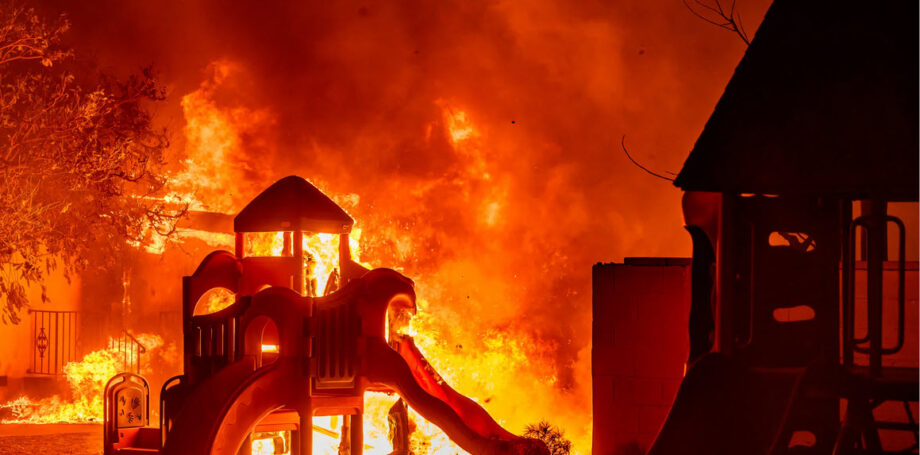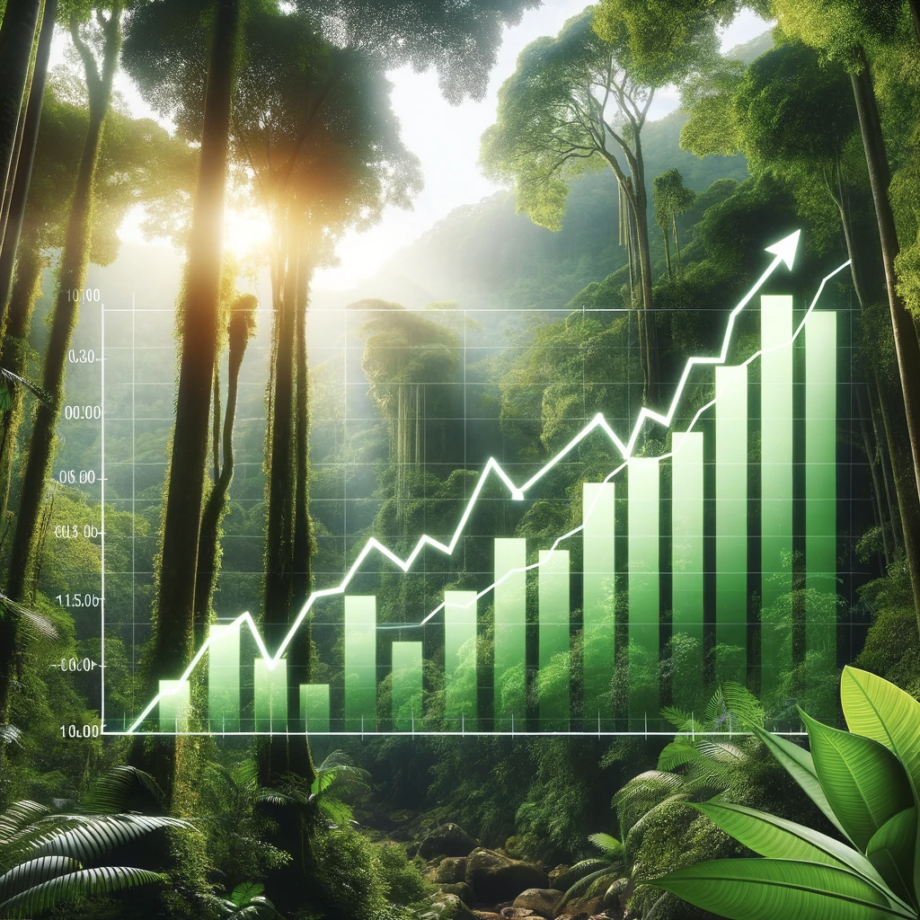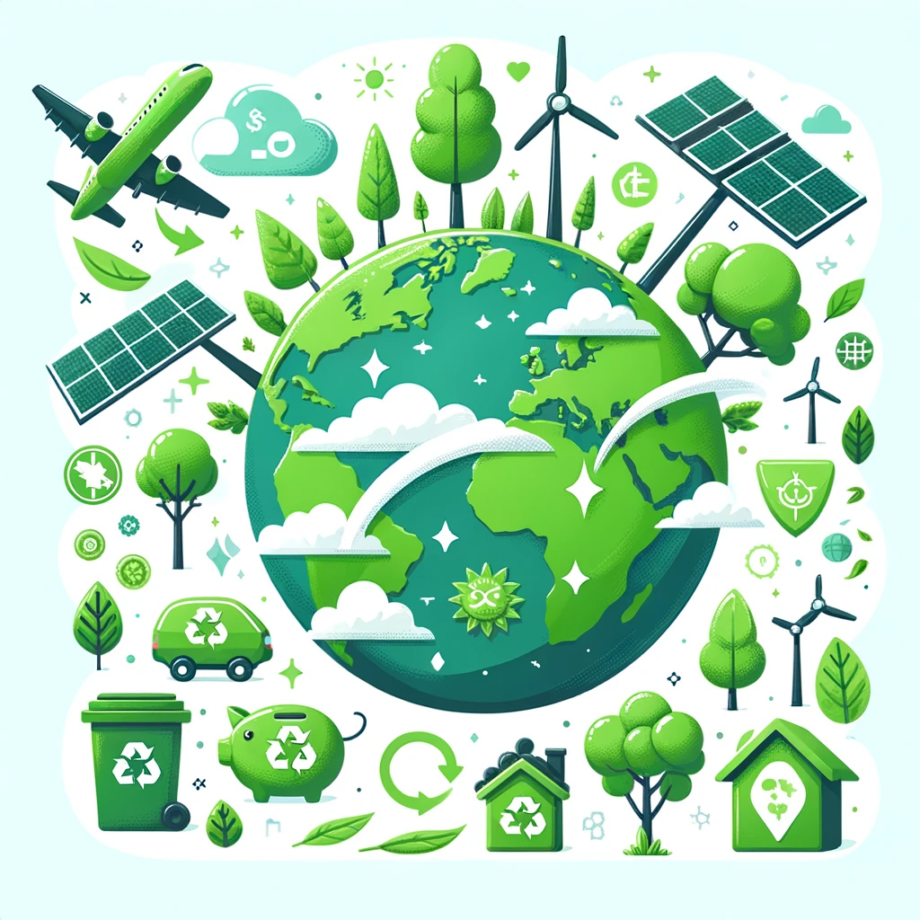The United Nations’ Sustainable Development Goals (SDGs) are a set of 17 global goals aimed at ending poverty, protecting the planet, and ensuring prosperity for all. Carbon projects, which are initiatives that reduce or remove carbon emissions from the atmosphere, can play a significant role in achieving many of these goals. Here, we’ll discuss the types of carbon projects that are associated with each of the 17 SDGs:
- No Poverty: Carbon offset projects that support sustainable development in low-income communities, such as renewable energy projects, can help reduce poverty by providing access to clean energy and creating jobs.
- Zero Hunger: Agroforestry projects, which involve planting trees on farmland, can help increase food security by improving soil health and water retention, and providing shade for crops.
- Good Health and Well-being: Improved cookstove projects, which provide households with more efficient and less polluting cooking options, can reduce indoor air pollution and improve respiratory health.
- Quality Education: Carbon offset projects that support education, such as building or retrofitting schools with renewable energy systems, can improve access to education in low-income communities and reduce carbon emissions.
- Gender Equality: Carbon offset projects that support women’s empowerment, such as providing training and financing to women entrepreneurs in renewable energy, can help promote gender equality.
- Clean Water and Sanitation: Water conservation and reforestation projects can help improve water quality and availability.
- Affordable and Clean Energy: Renewable energy projects, such as wind and solar power, can help increase access to affordable and clean energy.
- Decent Work and Economic Growth: Carbon offset projects that support sustainable development, such as reforestation and renewable energy projects, can create jobs and promote economic growth.
- Industry, Innovation and Infrastructure: Carbon capture and storage (CCS) projects, which involve capturing carbon dioxide from industrial processes and storing it underground, can help reduce emissions from heavy industry.
- Reduced Inequalities: Carbon offset projects that support sustainable development in low-income communities can help reduce inequalities by providing access to clean energy and improving living conditions.
- Sustainable Cities and Communities: Urban reforestation and green infrastructure projects, such as building green roofs and walls, can help improve air quality and reduce the urban heat island effect in cities.
- Responsible Consumption and Production: Carbon offset projects that support sustainable production and consumption, such as sustainable agriculture and forestry, can help reduce emissions and promote sustainable use of resources.
- Climate Action: Carbon offset projects that directly reduce greenhouse gas emissions, such as renewable energy and CCS, can help mitigate climate change.
- Life Below Water: Blue carbon projects, which involve preserving and restoring coastal ecosystems such as mangroves, salt marshes and seagrass beds, can help sequester carbon and protect marine biodiversity.
- Life On Land: Reforestation, agroforestry and forest conservation projects can help protect biodiversity and store carbon.
- Peace, Justice and Strong Institutions: Carbon offset projects that support sustainable development and reduce poverty can help promote peace and stability in communities.
- Partnerships for the Goals: Carbon offset projects can be implemented in partnership with governments, businesses, and communities to achieve the SDGs and support sustainable development.
It’s worth noting that, each SDG can be achieved through multiple ways, the above mentioned are just a few examples. Also, implementing carbon offset projects alone is not enough, it should be a part of a larger strategy to achieve the SDGs.




